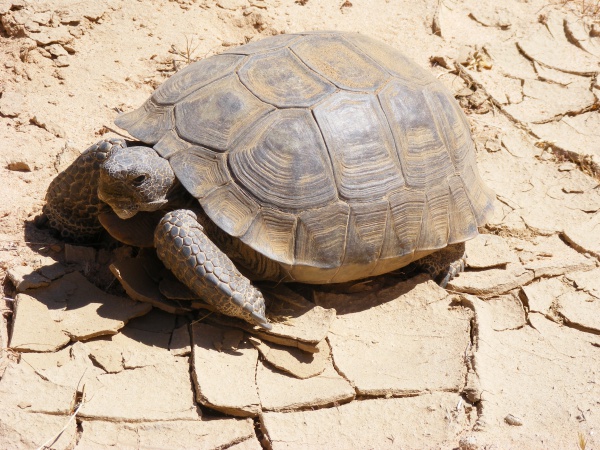Facts About Desert tortoise
The desert tortoise, a remarkable creature native to the Mojave and Sonoran Deserts, is classified into two recognized species: Agassiz's desert tortoise and Morafka's desert tortoise. These tortoises exhibit slow growth and have an impressive lifespan of 50-80 years. To adapt to the harsh desert environment, they spend much of their time in burrows, which help them regulate body temperature and conserve water. As herbivores, their diet primarily consists of grasses, herbs, cacti, and flowers.
Unfortunately, desert tortoises face numerous threats, including predation, habitat destruction, disease, and human activities. Conservation efforts are essential to protect their habitats and sustain their populations.
Reproduction for these tortoises typically occurs in the spring and autumn. Female tortoises lay clutches of eggs that hatch in late summer or fall. They exhibit unique mating behaviors, including instances of same-sex interactions. Desert tortoises reach reproductive maturity between 15-20 years of age. Their activity levels are influenced by seasonal variations and temperature, allowing them to survive in extreme conditions ranging from below freezing to over 104°F.
Desert tortoises are also susceptible to various diseases, such as upper respiratory tract disease and cutaneous dyskeratosis, which can significantly impact their populations. To manage the spread of these diseases, efforts include research, education, and conservation initiatives. Additionally, the release of captive tortoises, whether intentional or accidental, poses a threat to wild populations. Addressing this issue involves implementing laws and regulations governing the possession and care of desert tortoises as pets.

 Canada
Canada